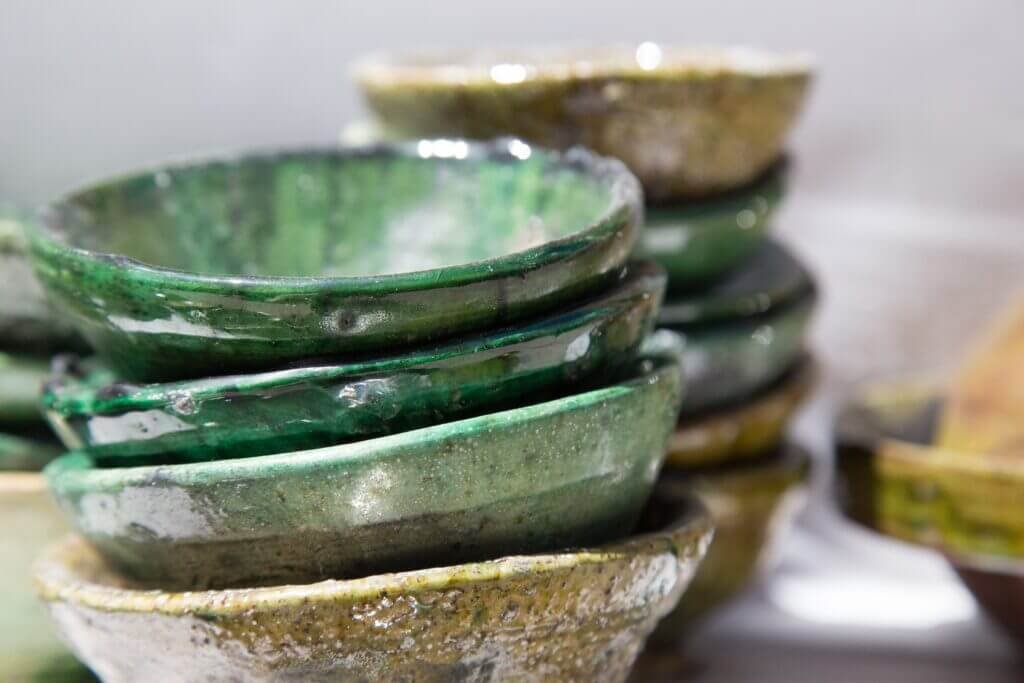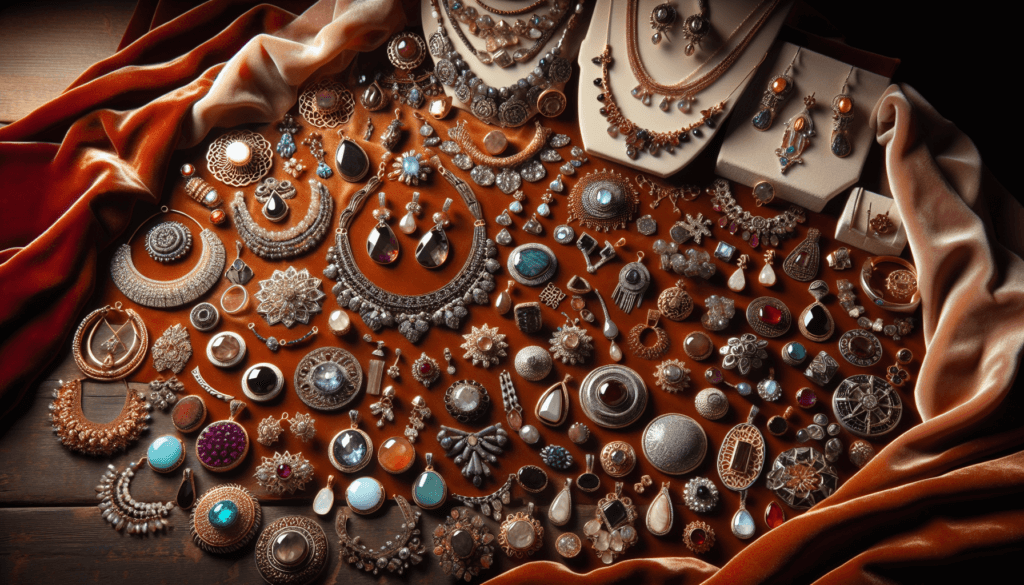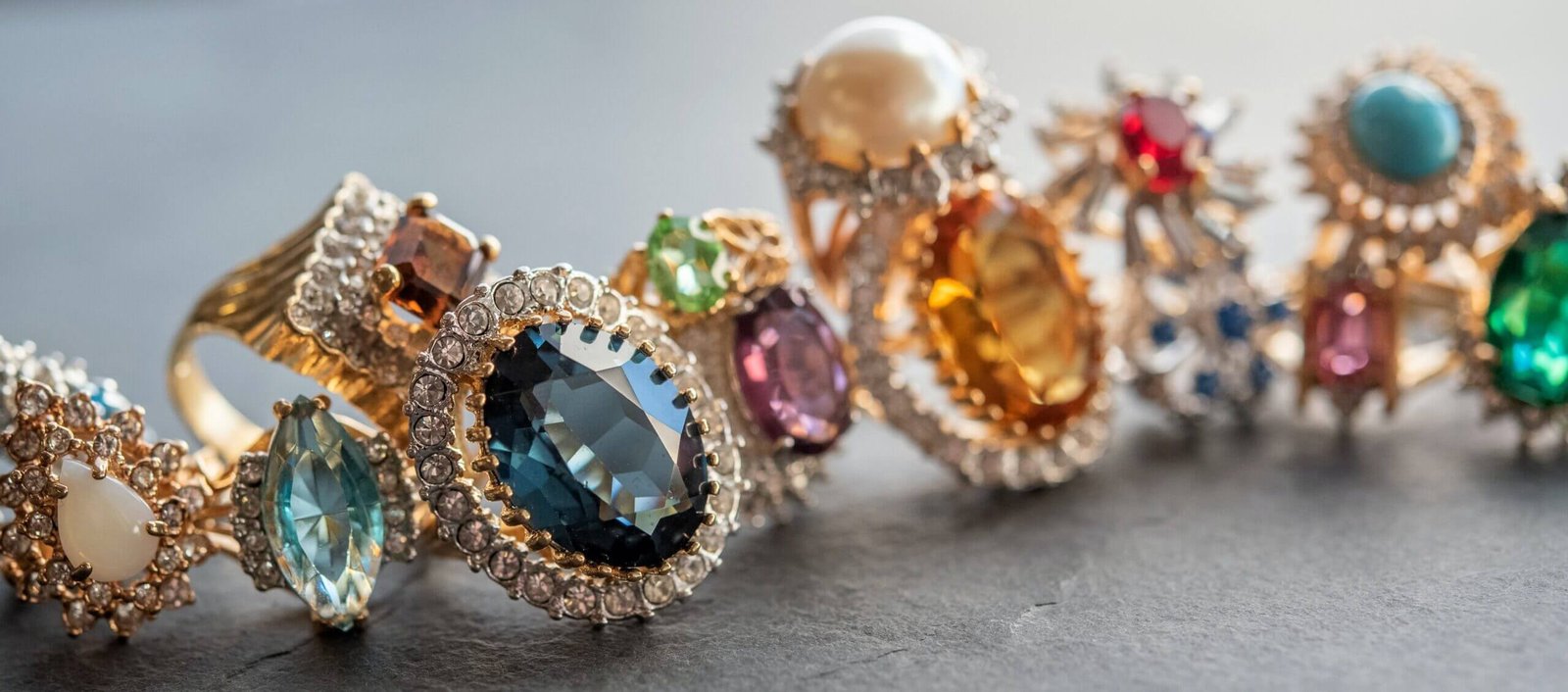Is Artisan Jewelry Expensive?
Is Artisan Jewelry Expensive? Just by its name, artisan jewelry might sound a bit pricey to you. The piece will guide through the question of whether artisan jewelry, with its one-of-a-kind designs and personal touch by skilled craftsmen, really does make a dent in your wallet. Be ready to explore the cost implications of choosing these unique embellishments over mass-produced pieces.

Defining Artisan Jewelry
What is Artisan Jewelry?
Artisan jewelry is a term that denotes exquisite pieces of jewelry handcrafted by skilled artisans. Unlike mass-manufactured jewelry, these pieces are made by hand, often created one at a time. They’re designed with unique aesthetics, customized ideas, and intricate detailing, which add an individualistic appeal to each piece.
Traditional vs Artisan Jewelry
Traditional jewelry typically refers to pieces that are mass-produced through machines in a repetitive manner. This process often lacks uniqueness and personal touch. On the other hand, artisan jewelry considers each piece as an individual piece of art. Handcrafted with meticulous care, these pieces embrace a creative flair that sets them apart from classic, traditional jewelry. What Did Artisans Make Jewelry Out Of?
The Value of Artisan Jewelry
Artisan jewelry has an inherent value attached to it. Each piece tells a unique story of the artisan, their craftsmanship, creativity, and the time invested into each piece. It’s not just the aesthetics or the materials used but also the artisan’s skills, time, and energy that adds value to these pieces.
The Appeal of Handcrafted Pieces
Handcrafted pieces have a certain allure that’s tough to replicate. They’re not just adorned for their beauty but also for the stories they tell and the uniqueness they offer. Owning a piece of artisan jewelry means owning a piece of wearable art that’s exclusive and personal.
Factors Affecting Artisan Jewelry Pricing
Materials Used
The materials used play a critical role in determining the price. Higher quality and rare materials—such as gold, silver, diamonds or gemstones—naturally result in a higher cost. On the other hand, artisan jewelry made from less expensive materials like beads, thread, or leather will typically be more affordable.
Time and Labor
Another significant factor affecting the price is the time and labor involved. The creation of a single piece of artisan jewelry can involve hours or sometimes days of meticulous work by the artisan. Hence, the cost of their time and effort is factored into the final price. https://gem-a.com/
Design Complexity
The complexity of the design also contributes to the cost. Intricate and complex designs require more time, effort, and skills from the artisan, thus escalating the price. Additionally, a complex design might also need more amount or higher-quality materials, further increasing the cost.
Brand Reputation
Brand reputation also impacts pricing. Artisans with widespread recognition for their work are likely to charge more for their pieces. The consumer is paying not only for the piece but also for the assurance that comes with a well reputed brand.
Geographical Location of the Artisan
Lastly, the geographical location of the artisan can impact the final cost. The cost of living, tax regulations, and local economic conditions all factor in. Furthermore, items from certain regions may carry a higher perceived value due to their geographical origin.

Materials Used in Artisan Jewelry Making
Precious Metals
Precious metals like gold, silver, platinum, and palladium are popular choices in artisan jewelry. These metals are highly sought after for their beauty, rarity, and durability, making them an expensive choice.
Semi Precious Stones
Semi-precious stones such as turquoise, amethysts, garnets, peridot, and many others are frequently used to add color, sparkle, and uniqueness to handcrafted jewelry. The value and price of these semi-precious stones can vary dramatically depending on factors like origin, color, size, cut, and overall quality.
Non-Conventional Materials
Artisan jewelry isn’t limited to just traditional precious metals and gemstones. Artisans may use non-conventional materials like wood, ceramics, fabric, resin, or recycled materials. These pieces offer a unique, contemporary look and can be more affordable thanks to the lower cost materials.
Quality and Cost of Materials
The quality and cost of materials used significantly contribute to the final price of the jewelry. Higher quality materials often come at a higher cost, affecting the pricing of the end product.
Time and Labor Involved in Artisan Jewelry
Handcrafted Process
The handcrafting process of artisan jewelry is time-consuming and labor-intensive. Every step, from designing to polishing, is done by hand. This high level of craftsmanship is a key reason why artisan jewelry can cost more than mass-produced alternatives.
Number of Working Hours
It’s important also to consider the sheer number of working hours that goes into crafting one piece of jewelry. Depending on the design’s complexity and the artisan’s techniques, creating a single piece can take anywhere from several hours to multiple days.
Artisan’s Skill Level
The artisan’s skill level significantly influences the cost as well. Highly skilled artisans are likely to charge more for their work, reflecting their investment in honing their craft over many years.
Cost of Labor
Labor cost varies depending on the artisan’s level of expertise, geographical location, and the time taken to create the piece. A high-quality piece of artisan jewelry takes considerable time and skill to produce, contributing to the overall cost.

Design Complexity and Its Impact on Price
Simple vs Complex Designs
Simple designs are usually less expensive since they require lesser time and fewer materials. On the contrary, complex designs, involving intricate detailing, multiple components, or elaborate settings, require more time, effort, and resources—thereby increasing the price.
Intricacy Equals Expense
The intricacy of a piece directly correlates to its expense. The more intricate the design, the more skilled the artisan needs to be and the more time and materials it requires—all of which add to the cost.
When Does Complexity Affect Price
Complexity impacts the price when it increases the time taken to create the piece and the required resources. If a design involves complex techniques or involves setting many stones, it’ll indeed be priced higher.
Skill Level Needed for Complex Designs
Creating complex designs requires a certain level of skill. More experienced and skilled artisans can create detailed and complex pieces, which reflect in their price.
Brand Reputation and Its Influence on Pricing
Building a Brand
Building a brand in the world of artisan jewelry takes time, dedication, and consistency in delivering high-quality pieces. Developing a brand name often includes additional costs like marketing and packaging, which is factored into the selling price.
Brands as A Mark of Quality
For customers, purchasing from a known brand often brings assurance of quality. They trust the brand’s commitment to quality materials, craftsmanship, and unique designs, which justifies a slightly higher price.
Expense of Branding
Branding includes costs such as maintaining a website, professional photography, marketing efforts, packaging, and more. All these expenses are incorporated in the price of the pieces, leading to a higher retail price.
Customer Loyalty and Branding
Branding also helps in creating customer loyalty. Consumers often become repeat customers if they trust a brand, promoting a positive image and allowing artisans to charge a premium for their handcrafted pieces.

Geographical Factors in Artisan Jewelry Pricing
Cost of Living Differences
The cost of living in the region where the artisan resides will surely affect the pricing. Cost of materials, workspace rent, utilities—all influence the final price.
Pricing in Different Regions
Prices can vary from region to region. For instance, artisan jewelry from regions known for their handcrafted jewelry traditions or high cost of living may cost more.
Export and Import Costs
Exporting the materials needed or importing the finished pieces also accounts for additional costs. In certain situations, shipping costs, duties and taxes, and insurance are all factored into the final price.
Local vs Global Artisan Jewelry
There’s a considerable difference in the cost of local and international artisan jewelry due to several reasons, including shipping, export/import taxes, and differences in the cost of labor and materials.
Comparing Artisan Jewelry with Mass-Produced Jewelry
Artisan versus Machine-made
Artisan jewelry differs vastly from mass-produced pieces. While artisan jewelry is unique, handcrafted, and carries the imprint of the artisan, machine-made jewelry is typically generic and impersonal.
Quality Comparison
Usually, the quality of artisan jewelry is higher than that of mass-produced pieces. Each piece is carefully crafted and checked for flaws, ensuring a high level of quality and durability.
Pricing Difference
Handcrafted, artisan jewelry is typically more expensive than mass-produced variants. The pricing reflects the time, effort, and skill set of the artisan, as well as the quality and uniqueness of each piece.
Unique Appeal of Handwork
Artisan pieces have a unique appeal that is hard to capture in mass-produced items. This unique appeal makes each piece special and adds to the overall value, even if it means a slightly higher price tag.

The Perception of Artisan Jewelry
Why Some People View Artisan Jewelry as Expensive
The perception that artisan jewelry is expensive often stems from comparing it with mass-produced pieces. What’s overlooked, however, is the originality, quality, craftsmanship, and effort that goes into artisan work.
Quality vs Quantity Debate
The debate between quality and quantity is significant in this context. While mass-produced jewelry might be cheaper, the quality, uniqueness, and longevity of artisan jewelry make it a better investment in the long run.
The Value of Art Over Mass Production
Handcrafted artisan jewelry is a form of art. These pieces are not just accessories but individual, handmade works of art, inherently carrying more value than mass-produced items.
Perception of Luxury in Artisan Jewelry
Artisan jewelry is often perceived as a luxury because of its uniqueness, quality, and the skill involved in crafting each piece. Owning a piece of artisan jewelry can feel like owning a luxurious piece of art.
Is Artisan Jewelry Worth the Price
Artisan Jewelry as An Investment
Artisan Jewelry could be considered an investment. Not only does it hold its value over time, but it can even appreciate. The originality, quality of materials, and craftsmanship involved make it a worthwhile investment.
Balancing Cost and Value
When purchasing artisan jewelry, you have to balance cost and value. While upfront it might seem pricier than standard jewelry, the value you receive in terms of uniqueness, quality, and longevity make the expense worthwhile.
Why Artisan Jewelry Could be Worth More
Artisan jewelry has many intangible aspects that make it worth more—the story, the craftsmanship, the uniqueness. These attributes aren’t usually found in mass-produced items, and they provide a value that goes beyond the price.
The Intangible Value of Handmade
True value lies in appreciating the skill, precision, and creativity of the artisan, the love, and passion with which they work. The beauty of handmade lies in its imperfections—each piece reflects the human hand behind it, and that holds immense value.



